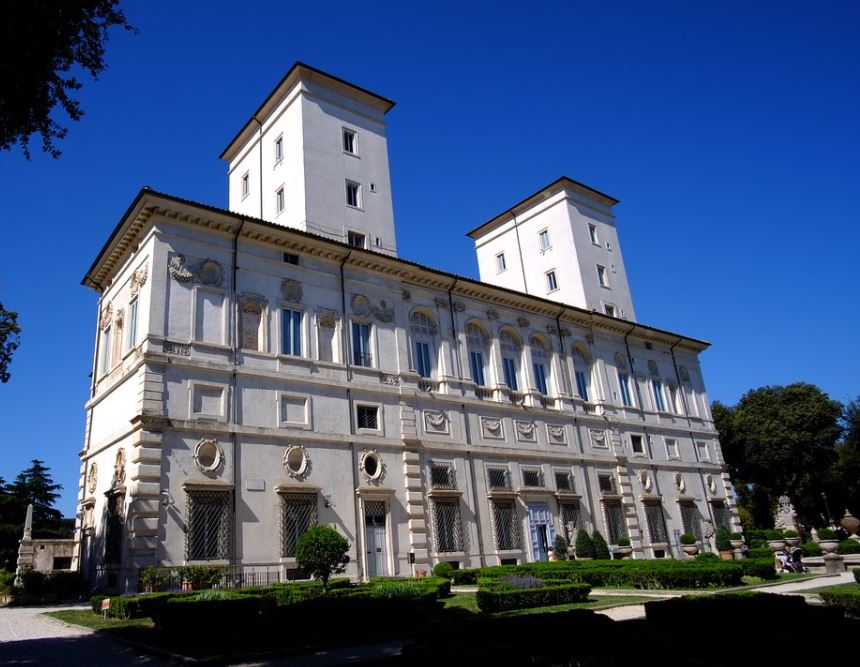The family of Gian Lorenzo Bernini (1598-1680) moved from Naples to Rome in the early 17th century, and the world about the great talent of Gian Lorenzo quickly spread around the city.
This word eventually reached the highest levels and the young sculptor started receiving high-level commissions from one particular rich patron of the arts in the city.
In this article, we’ll take a closer look at some of the most interesting facts about “The Rape of Proserpina” or “It Ratto di Proserpina,” one of Bernini’s masterpieces from the early phase of his career.
1. It was completed when Bernini was in his early twenties
Gian Lorenzo Bernini was mentored by his father, Pietro Bernini (1562-1629), a renowned Mannerist artist who produced multiple sculptures in Naples and Rome.
He recognized the incredible talent of his son when he was just 8 years old and the family moved to Rome in 1606. They started working together in 1615 and the talent of Gian Lorenzo quickly exceeded that of his father.
The Rape of Proserpina was one of the early solo commissions of the young Gian Lorenz and he completed it between 1621 and 1622. He was only 23 years when he completed the work. His career would eventually last nearly 6 decades longer.
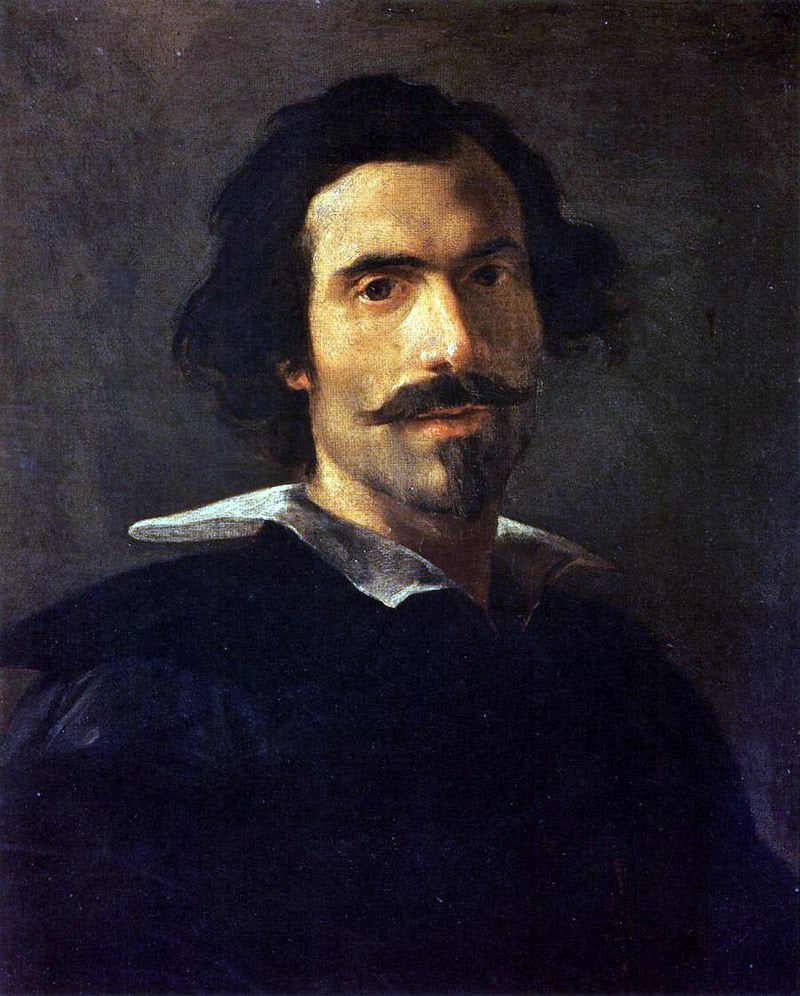
2. It was one of multiple commissions from a rich Cardinal in Rome
The talent of the young Baroque artist was not only recognized by his father but also by one of the richest patrons of the arts in Rome at the time, Cardinal Scipione Borghese (1577-1633).
This man became filthy rich as the secretary of his uncle, Pope Paul V (1550-1621), and used his wealth to build a lavish mansion called the “Villa Borghese” and decorate it with fine art.
He not only became one of the most important patrons of the young Gian Lorenzo Bernini but also amassed art from all across Europe. He completed multiple masterpieces for the Cardinal, including:
- Aeneas, Anchises, and Ascanius (1619)
- The Rape of Proserpina (1621–1622)
- Apollo and Daphne (1622–1625)
- David (1623-1624)
These works were commissioned to decorate the newly constructed villa of the cardinal and indefinitely put Bernini on the map in Rome as a master artist, a city he barely left throughout his life.
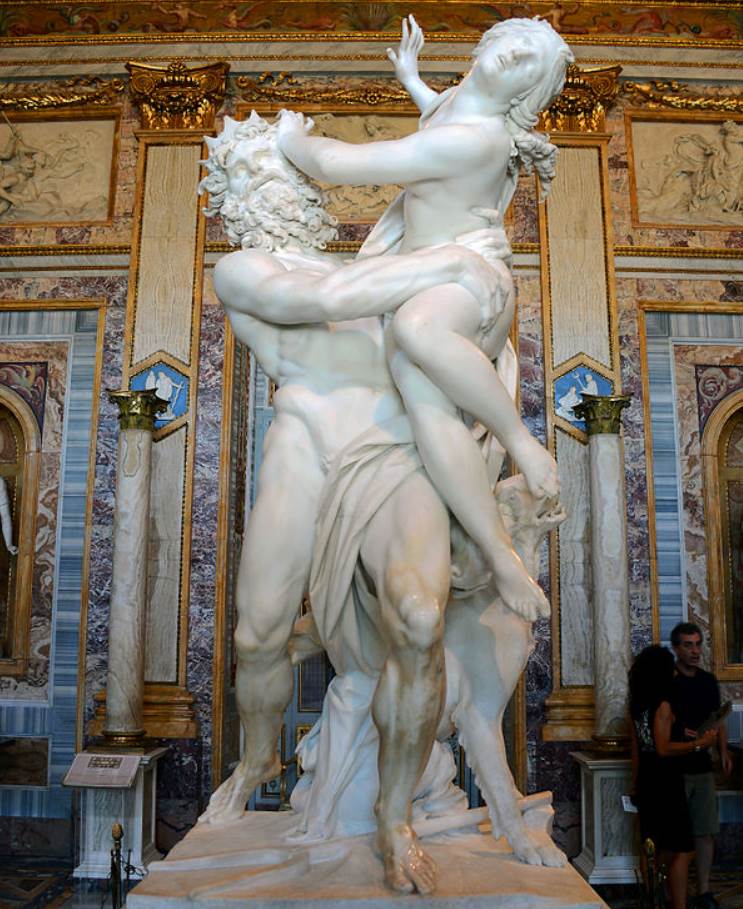
3. It depicts a famous story from Roman Mythology
Proserpina was an ancient Roman goddess which was originally known as “Libera,” the goddess of wine. She was the daughter of Liber, the god of wine and freedom who eventually became intertwined with Bacchus, the Roman version of the Greek god Dionysus.
It depicts one of the myths of Proserpina in which she is abducted to the underworld by the god of the underworld called Pluto.
1st century A.D. poet Ovid describes this myth in great detail in Book 5 of his Magnum Opus “Metamorphoses.” In this version, Proserpina is eventually forced to spend half the year in the underworld after her mother, Demeter, frantically looked for her on Earth.
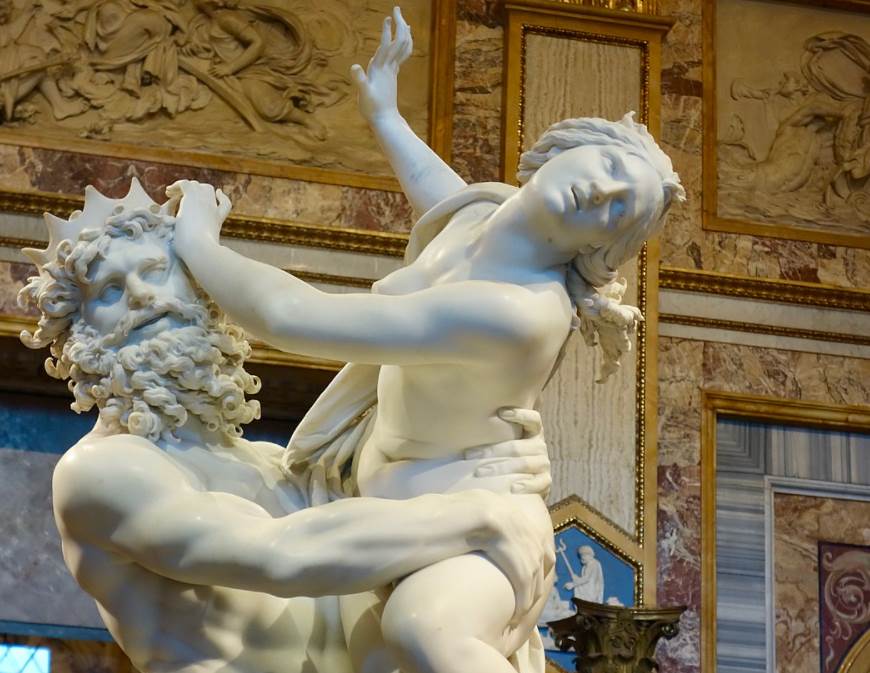
4. The word “rape” doesn’t refer to an act of sexual violence
Although the name of the sculpture implies that it features a despicable act of sexual violence, this is not the case. The name was derived from the Latin word “Raptus” which means “seized” or “carried off.”
This pretty much describes what the sculpture is about as it depicts Proserpina being grabbed and eventually carried off to the underworld by Pluto.
5. The Cardinal didn’t accept it upon completion and he gave it away
One of the most remarkable facts about The Rape of Proserpina is that although Cardinal Scipione Borgese paid 450 Roman scudi for the work, he didn’t like it upon completion.
That’s why he gave it away to his fellow Cardinal, a man named Ludovico Ludovisi (1595-1632), a man who amassed wealth in a very similar way to Borghese as the nephew of Pope Gregory XV.
He also built his mansion called Villa Ludovisi in the suburbs of Rome and stocked it with his collection of classical art. He was given this sculpture by Bernini and it decorated his lavish villa shortly after in 1622.
Many of the structures that made up this large villa complex were destroyed in the late 19th century and only the Casino di Villa Boncompagni Ludovisi has survived until today.
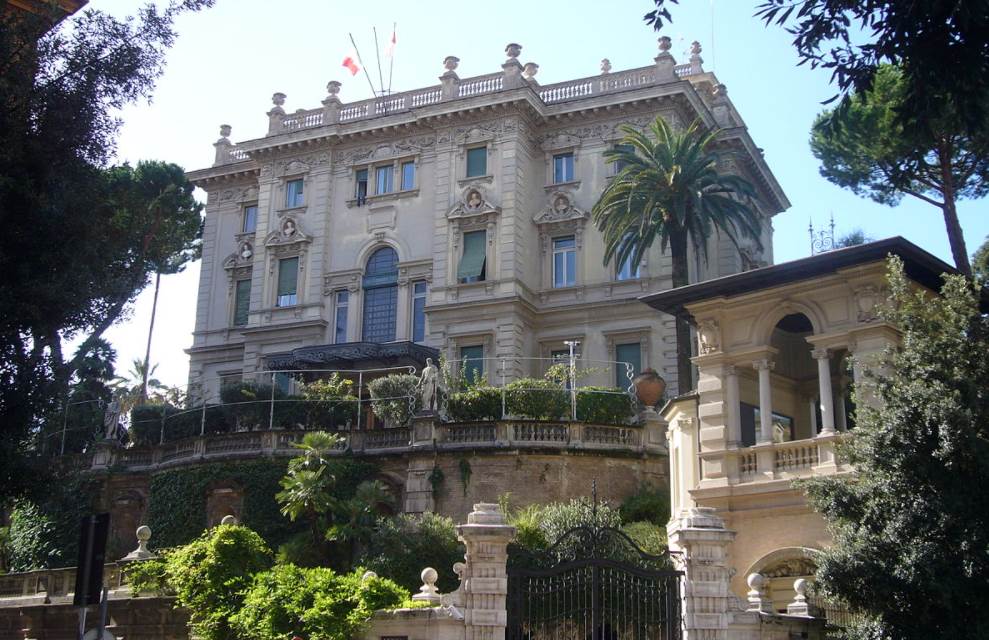
6. It’s one of the ultimate masterpieces of Baroque sculpture
Gian Lorenzo Bernini is credited as the founding father of Baroque sculpture. His dramatic depictions that integrated a sense of motion were nothing short of revolutionary at the time and would define the world of sculpture for the next 150 years.
This sculpture has been praised for its remarkable realistic effects as Proserpina is attempting to release herself from Pluto’s grasp. The texture of the skin and flying hairs are almost lifelike and the hard marble surface almost appears soft in the area where Pluto grabs Proserpina’s leg.
The other remarkable fact about this sculpture is that it was sculpted in such a way that the viewer can see the entire scene from one single viewpoint. This was a clear move away from the Mannerist sculptures of the late 16th century which forced viewers to walk around it to view all angles.
As expected, the reputation of Bernini tumbled as Neoclassical artists revived the lass-dramatic nature of classical art in the late 18th century.
Regardless of these critics who deemed The Rape of Proserpina overly dramatic, it’s considered to be one of the ultimate masterpieces of the Baroque art movement today.
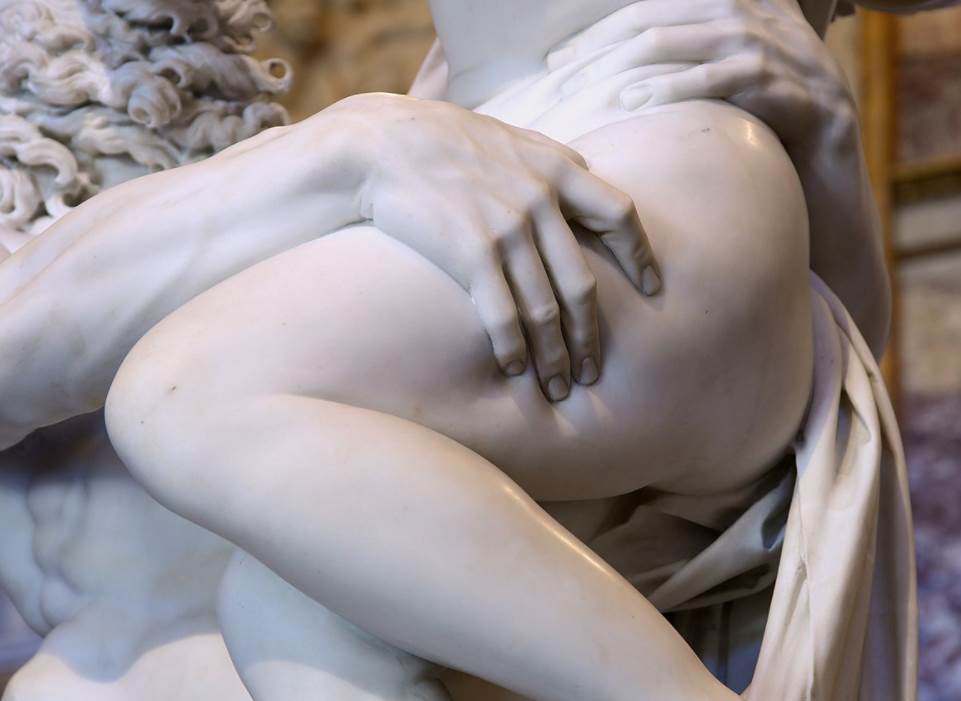
7. How big is The Rape of Proserpina (Il Ratto di Properpina)?
The sculpture is huge and much bigger than it initially appears to be. It’s over life-sized and stands 225 centimeters (89 inches) tall.
8. Where is the sculpture located today?
The sculpture remained in the Villa Ludovisi, a mansion built in the so-called “Gardens of Sallust” which was, in turn, an ancient Roman pleasure garden, until most of the buildings were destroyed in the late 19th century.
The sculpture was purchased by the Italian state in the year 1908 and was returned to the location it was originally commissioned for, the Villa Borghese in the immense Borghese Gardens in Rome.
Today, Scipione Borghese’s 17th-century mansion houses the Galleria Borghese, one of the most popular museums in Rome which is home to an amazing collection of art, including this masterpiece by Bernini.
